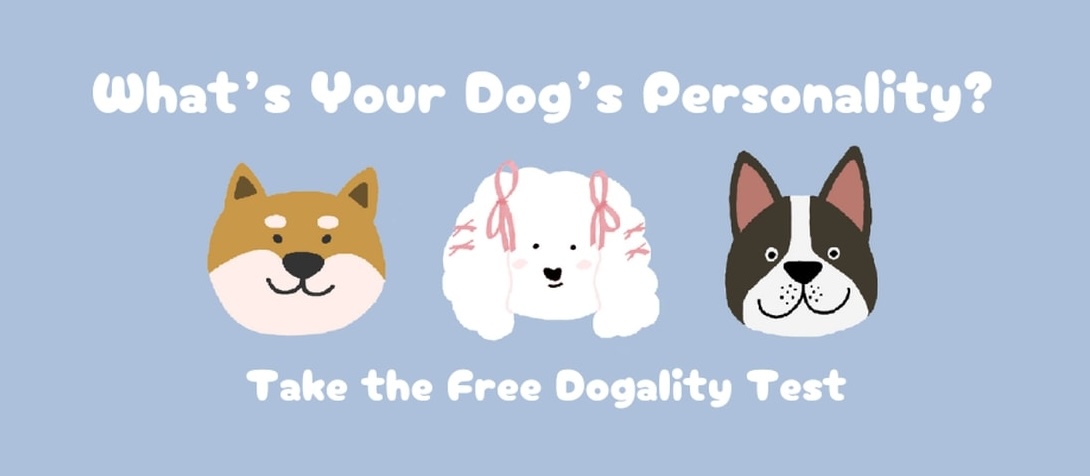Puppy Schedule & Potty Planner
Build a day that works (and fewer accidents). 💛

New puppy? Overwhelmed by pee breaks, naps, and meals? Pop in your pup's age and we'll tell you: the max hours they should hold it (month + 1 rule), how often to go out, and a sample routine you can tweak. Then scroll for vet-backed tips, night strategies, and FAQs. When you're done, 🚀 take our 3-minute Dog Personality Test to match training style with temperament.
Your Puppy's Potty Math
Sample Day You Can Copy/Paste
| Time | Activity | Potty? |
|---|
Triggers to always go out: wake up, after meals, after play/training, after naps, and right before bed. Trust those moments even if the clock says you “shouldn't need to go yet.”
If you're also crate training, see our Puppy Potty & Crate Training Schedule for step-by-step nap, feed, and potty timing that pairs well with this planner.
Why the “Month + 1” Rule Works (and Its Limits)
Most trainers and vets use a simple guide: take your puppy's age in months and add one—that's the maximum number of hours they should go between potty breaks, with an upper cap around 8 hours. It's a ceiling, not a goal. Younger pups (8-12 weeks) often need breaks every 30-90 minutes when awake.
For foundational house-training tips, the AKC house-training guide is a reliable reference you can pair with this planner.
How Often Should I Take My Puppy Out?
During the day, aim for a regular rhythm: every 2-4 hours (younger = more frequent), plus the key “always” moments—after waking, after meals, after play, and before bedtime. At night, many puppies can stretch a bit longer, but under 4 months usually still need a middle-of-the-night trip.
Feeding, Naps & Play: Building a Predictable Routine
Scheduled meals (typically three times a day for young puppies), short play/training bursts, and many naps make elimination more predictable. Consistency tightens the feedback loop: the more your pup rehearses “potty outside = reward,” the faster house training sticks.
When to Call the Vet
Frequent accidents despite consistency, straining, blood in urine, foul odor, or sudden changes in potty habits can signal medical issues (UTI, stones, etc.). Don't punish—get a vet check.
FAQ
Next up: try our Dog Superfoods list , our Calorie & Treat Calculator , or dive into more training guides .